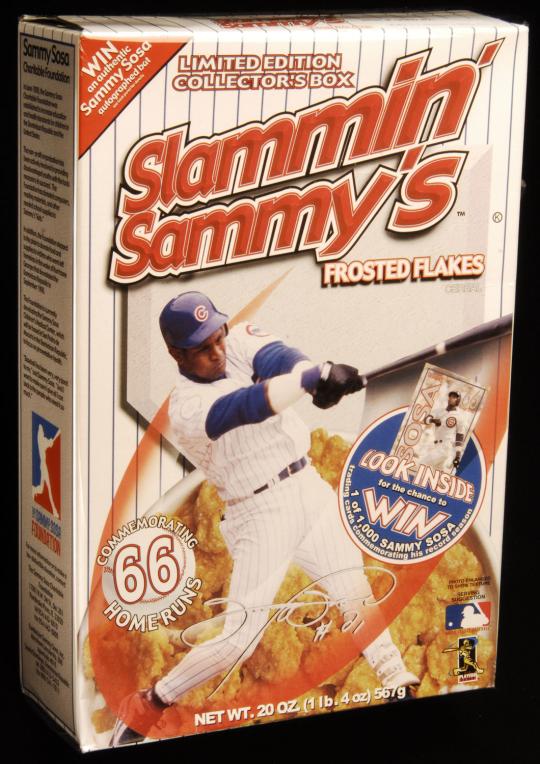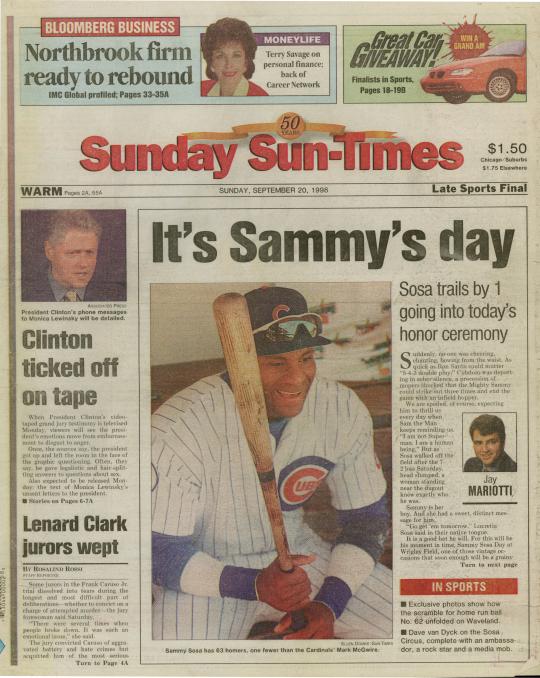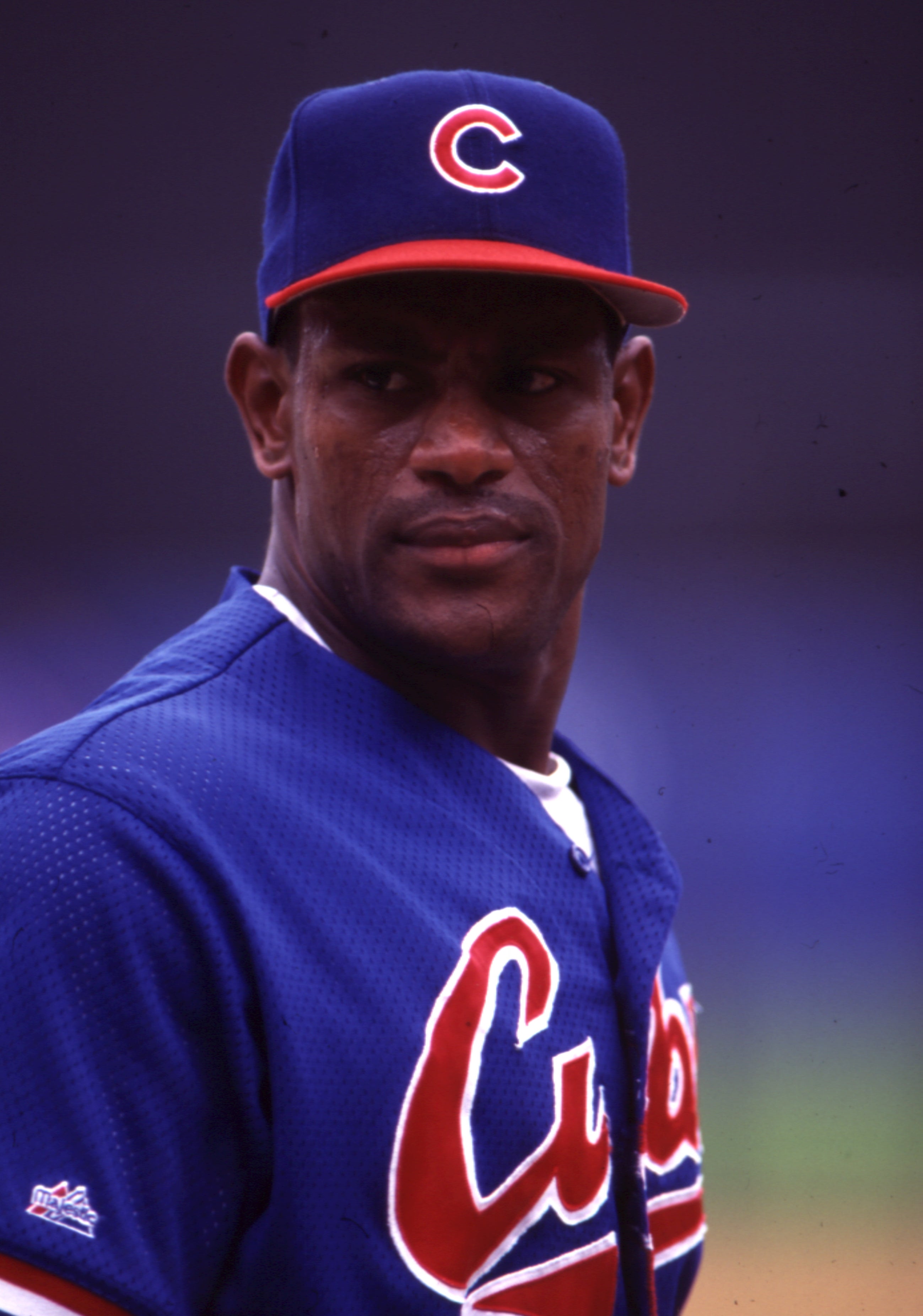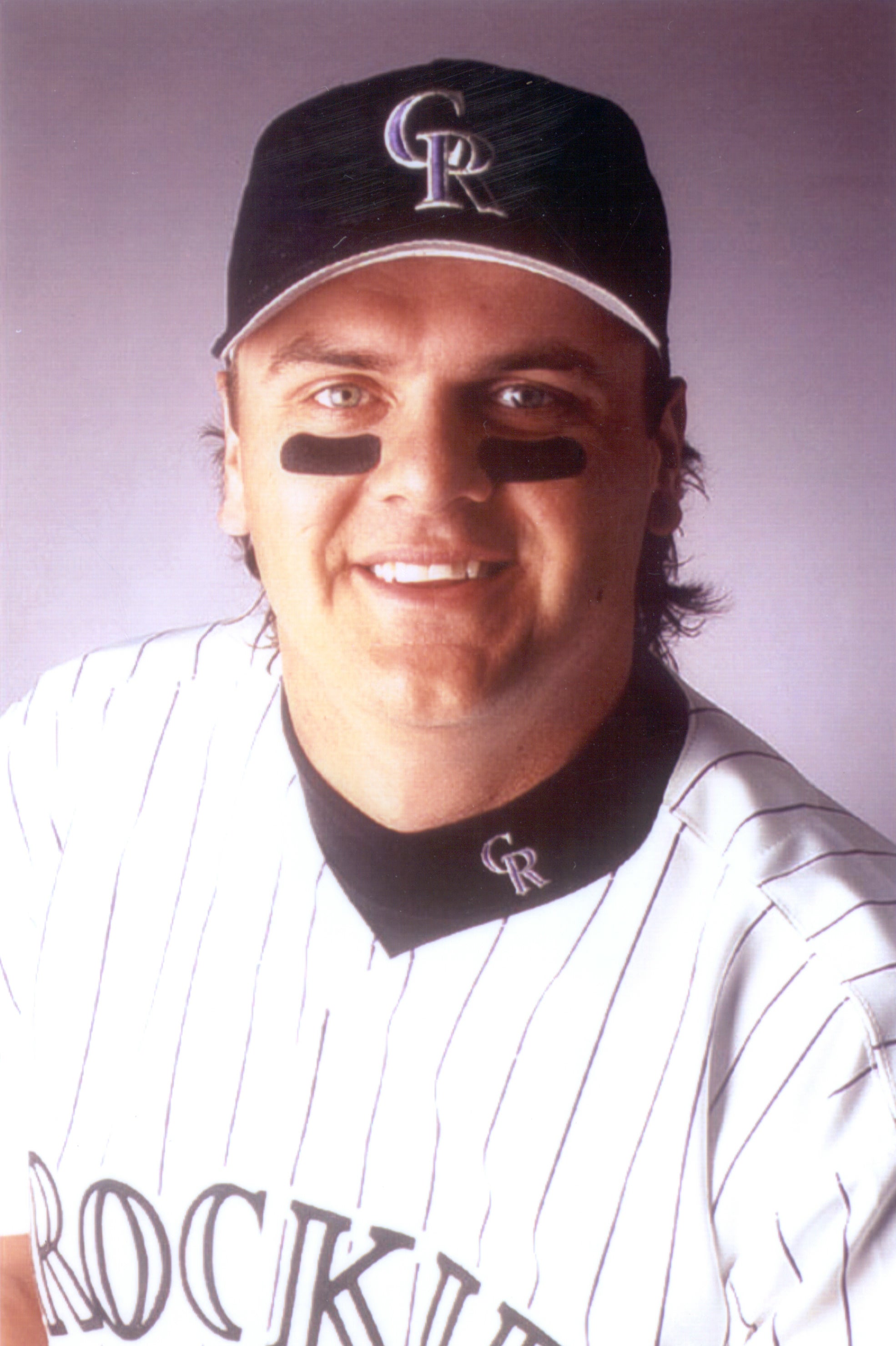Sammy Sosa returns to BBWAA Hall of Fame ballot
Bio
McGwire won the title with 70 home runs, with Sosa finishing with 66 in a season where their talent and sportsmanship brought many fans back after the divisive labor issues of earlier in the decade. But while McGwire got the record, Sosa got the hardware – winning the National League Most Valuable Player Award while leading the Cubs to the NL Wild Card. In June of that year, Sosa hit a record 20 home runs and drove in an incredible 47 runs.
Sosa hit 63 home runs in 1999, again finishing second to McGwire in the home run chase. Then in 2000, Sosa hit only 50 home runs – this time enough to win the NL crown. He hit 64 home runs in 2001, finishing second to Barry Bonds but leading the NL in RBI with 160. And in 2002, Sosa homered 49 times – winning his second NL home run crown.
In 2003, Sosa helped lead the Cubs to the NL Central title and a berth in the National League Championship Series when he hit 40 home runs and drove in 103 runs. But he faced national controversy for the first time when his bat broke during a June 3 game against the Devil Rays – with cork being found among the shattered pieces of the bat.
Sosa insisted he had accidentally used a corked bat that he used only in batting practice, and subsequent x-rays of his other 76 bats – including bats he donated to the Hall of Fame – found no trace of cork or other illegal alterations. He was suspended for seven games after the incident.
“I’ve got to carry that mark for the rest of my life,” Sosa said.
Then in 2004, Sosa’s production slipped amidst injuries and disputes with management. He hit 35 home runs and drove in 80 runs that year, but was traded to the Baltimore Orioles prior to the 2005 season in exchange for three prospects. He struggled in Baltimore, hitting .221 with 14 homers and 45 RBI.
The Orioles did not offer Sosa a contract for 2006, and he sat out the entire season. But Sosa returned in 2007 with the Rangers, hitting 21 homers and driving in 92 runs as Texas’ primary designated hitter.
Sosa did not play in 2008, however, and announced his retirement in early 2009.
He finished his career 609 home runs (8th all-time), 1,667 RBI, 2,408 hits, 234 stolen bases, seven All-Star Game selections and six Silver Slugger Awards.






